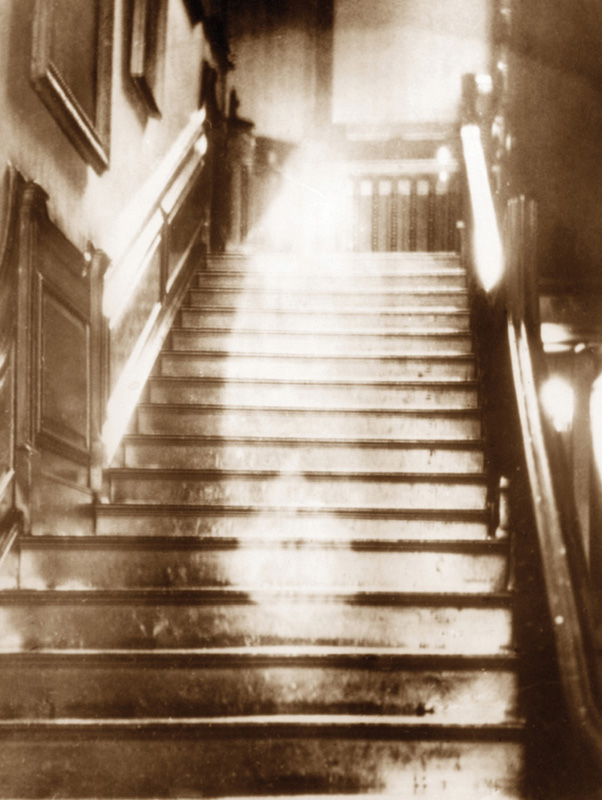
WHAT IT IS Tracking the spirits of the dead
WHY YOU WON’T DO IT No one has yet proven that ghosts exist
Ghosts – the spirits of the dead – may or may not exist. But it is certain that we remain fascinated by the idea that the souls of the departed have not departed as completely as they should have. If you’re not sufficiently spooked by a horror movie or a trip on the ghost train at the fairground, you can always start hunting spirits. But be warned, you might just find one…
Ghosts seem to have little place in our rational world – yet a survey carried out in 2008 revealed that 34 per cent of Americans believe in their existence. As with all investigations into the paranormal, however, it pays to be sceptical: if something seems odd, don’t jump to far-out conclusions, but search for a scientific explanation.
If science can’t provide an answer to a question, then you can start speculating about whether there really are, to paraphrase Shakespeare, more things in heaven and earth than are dreamt of in our philosophy.
Those who believe in ghosts argue that there are numerous indicators that a spirit may be present. They include:
• Apparitions (spotting Anne Boleyn floating down a corridor with her head under her arm would be a good hint that ghosts do exist after all).
• Inexplicable noises.
• Strange smells.
• ‘Cold spots’, where the temperature in a room suddenly drops.
• Signs of agitation among animals.
• Objects that have mysteriously moved (objects moving of their own accord in front of you might suggest the presence of a poltergeist).
When planning a ghost hunt, select a potential haunted location for yourself and ensure you have the necessary permission for access. Assuming ghosts exist, they can presumably haunt any location, but places with long and tragic pasts seem to generate most sightings. Examples include the Tower of London, with its history of brutal executions and torture, and the Myrtles Plantation in Louisiana, with its stories of slavery and murder.
Do your research thoroughly. Investigate the history of your chosen location, reading books or going through newspaper archives. Speak to any residents, patients or employees associated with your chosen site, either currently or in the past. Try to work out who might be haunting there and why.
Arm yourself with equipment to gather evidence. A ghost hunter’s typical kit might include:
• Night vision goggles – the favoured ghost-hunting hours are from midnight until four in the morning, when it is far too dark to see much with the naked eye.
• Still and video cameras – even when a ghost hunter has not seen anything unusual at the moment of taking a photo or recording, they may find unexpected features (such as glowing ‘orbs’) when reviewing the images.
• An electromagnetic field (EMF) meter – to track unusual electromagnetic fluctuations.
• A dowsing rod, often in the form of a forked branch; believers argue these can reveal changes in unspecified ‘energy fields’.
• A digital thermometer – to help confirm the presence of ‘cold spots’.
• An audio recorder – to capture any other-worldly noises.
• Infrared sensors – to track unexplained movements in a room.
Many sceptics challenge the validity of such evidence-gathering, since it is inevitably done in an uncontrolled environment. In addition, there are scientific explanations for most if not all commonly reported phenomena. Cold spots, for instance, can often be explained by natural environmental factors, while photographic anomalies are usually a result of tricks of the light, or errant dust or water particles. Nonetheless, if you do believe that you’ve witnessed a haunting, the more evidence you can offer the better. This, along with general safety, is another good reason to do your ghost hunting in company.